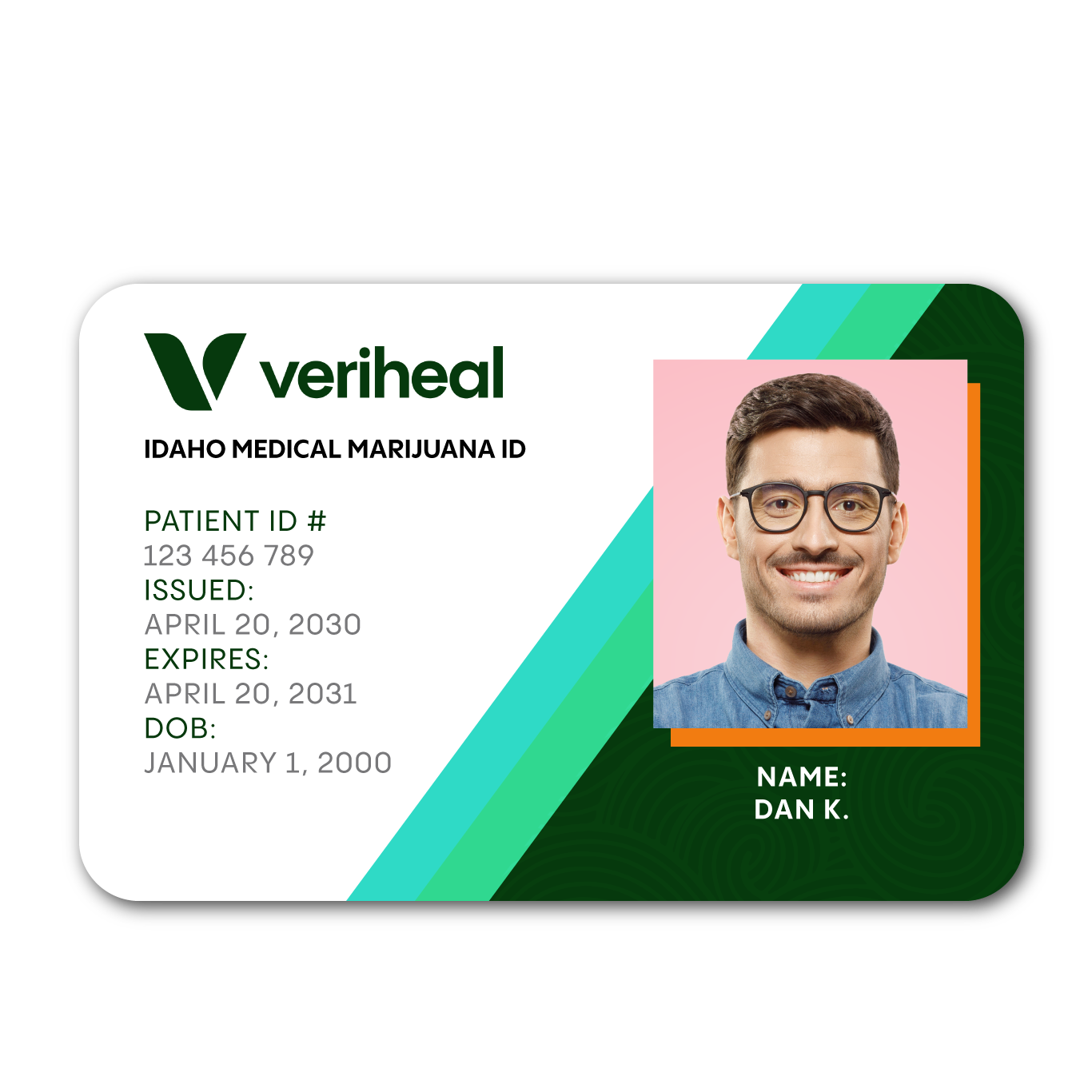The Status of Cannabis Legalization in Idaho
Idaho is closer than ever to starting their medical cannabis program.
Recently, the Idaho House of Representatives heard House Bill 370. This bill creates a medical cannabis access program for qualified patients.
Unlike 33 other U.S. states, which began legalizing medical cannabis as far back as 1998, Idaho remains one of the strictest American regions for cannabis, medicinal or not. The coalition collaborated with John Bellville, a retired narcotic counselor and cannabis activist from Nampa, who traveled to all Idaho counties to gather ballot signatures. Rather than expressing resentment that his longtime efforts were thwarted by two years until the next general election, Belleville, a senior who uses medicinal cannabis to ease chronic leg pain, said, “2020 will be the year.”
While Idaho remains in the minority of U.S. states blatantly rejecting medical cannabis, there are states that have approved it across the nation, beginning with Alaska and reaching Missouri and Utah. ProCon.org, a publication of Encyclopedia Britannica, reports in detail the vast differences between U.S. states that legalized cannabis for medicinal and recreational use. With ranging possession limits and consummation, some states permit up to 2.5 ounces in only plant form, while other regions only allow cannabis in oil form, barring edibles and vaporizing pens.
“While 33 states have legalized medical marijuana, the remaining 17 states have all passed laws allowing the use of cannabidiol (CBD) extract, usually in oil form, with minimal tetrahydrocannabinol (THC), and often for the treatment of epilepsy or seizures in seriously ill children. CBD, one of the 400+ ingredients found in marijuana, is not psychoactive,” reports ProCon.
Surely, Idaho legislators like many other U.S. state officials who reject medical marijuana, will come to find that medical cannabis is discussed in citizen conversations more than naught. “Marijuana is a weird issue where the people and the leadership are on completely different pages, Russ Belleville, son of coalition leader John Belleville, who is taking the torch from his father to continue the cannabis campaign for the next general election.
Frequently Asked Questions
When the state passes a program, the patient must provide either a state driver’s license or identification card to prove they live at a specific address.
Until the state legalizes a program, it is not possible to attain a card. But when they do, it will be simple. When Veriheal sets up shop in Idaho, our team will be available to set you up with a physician who can evaluate your health and confirm your condition.
That depends on the state you are visiting, which is why it is important to contact the region in order to find out the medical cannabis rules and regulations.














